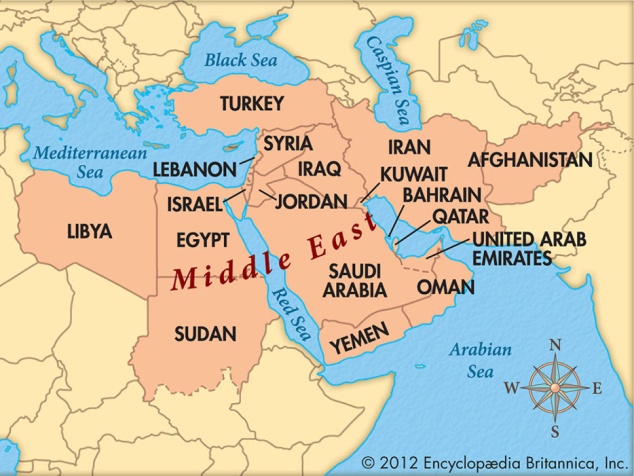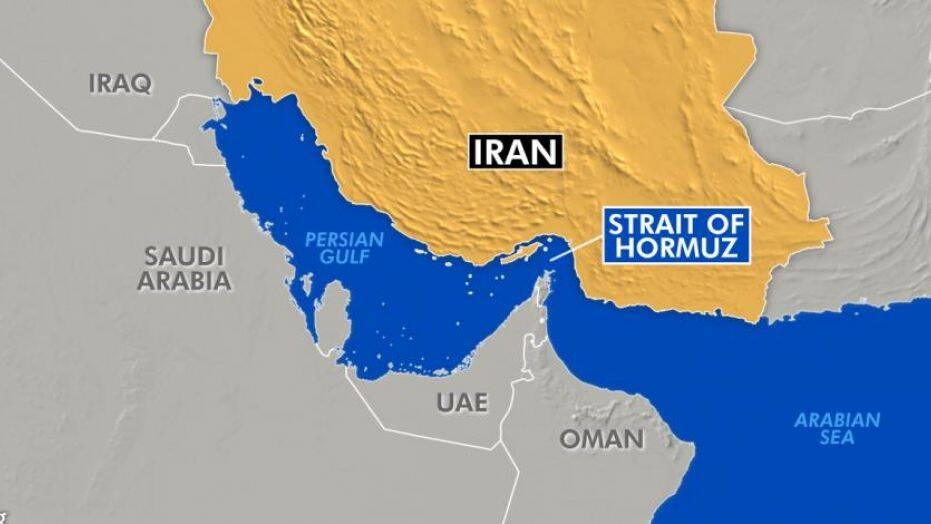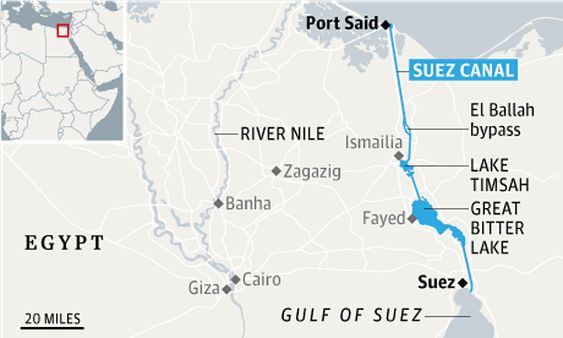Free Courses Sale ends Soon, Get It Now


Free Courses Sale ends Soon, Get It Now



Disclaimer: Copyright infringement not intended.
Context
Strait of Hormuz

Bab-el-Mandeb

Suez Canal


© 2024 iasgyan. All right reserved